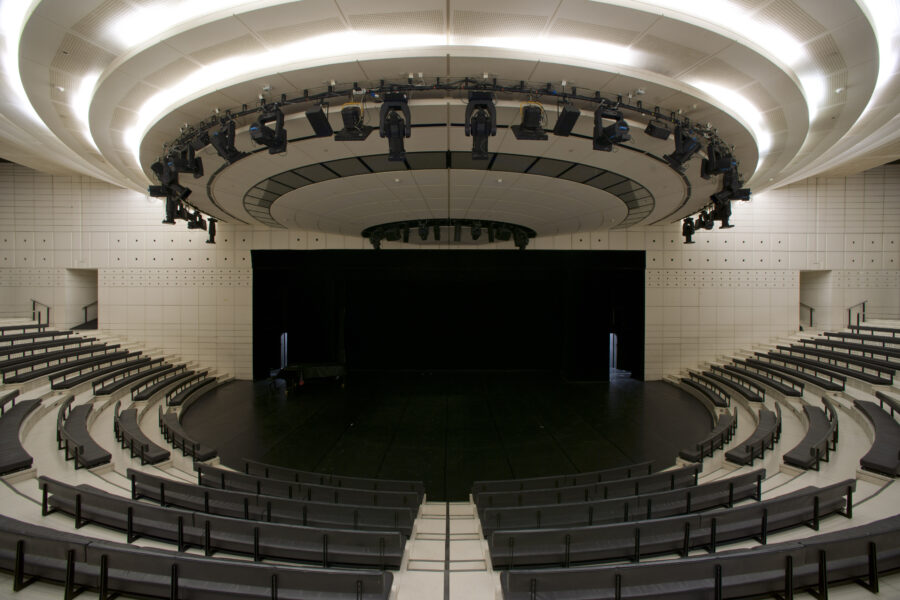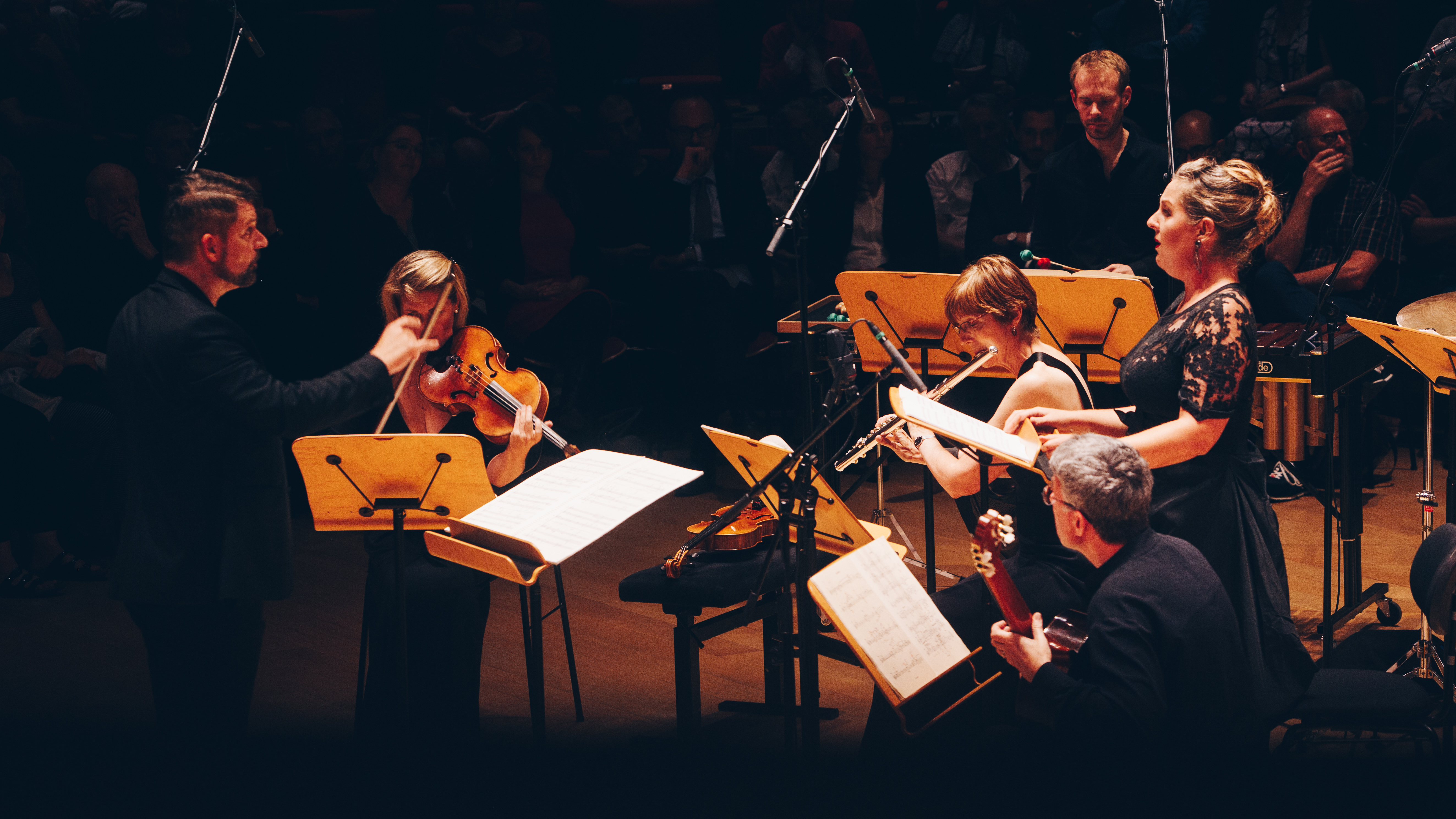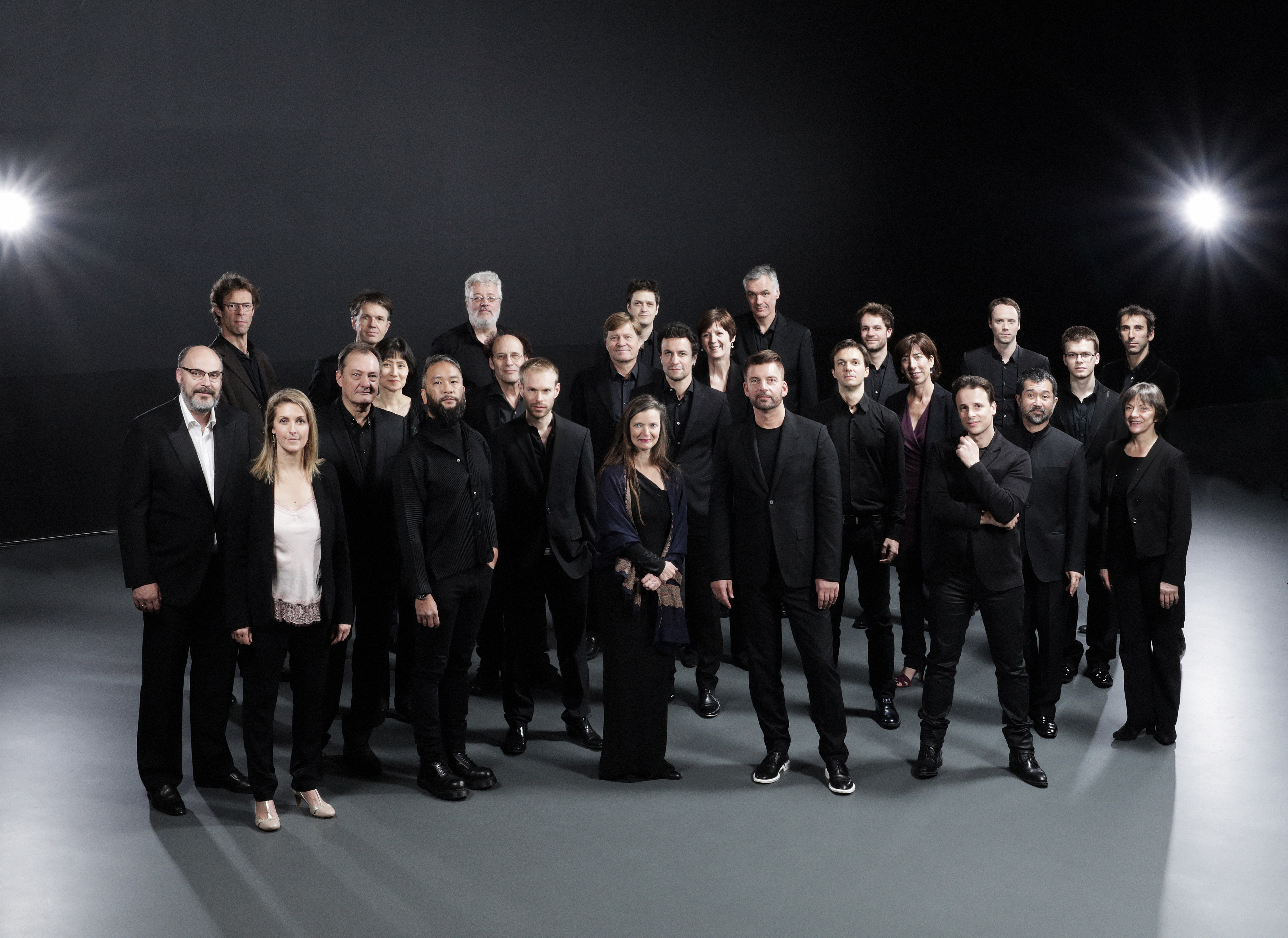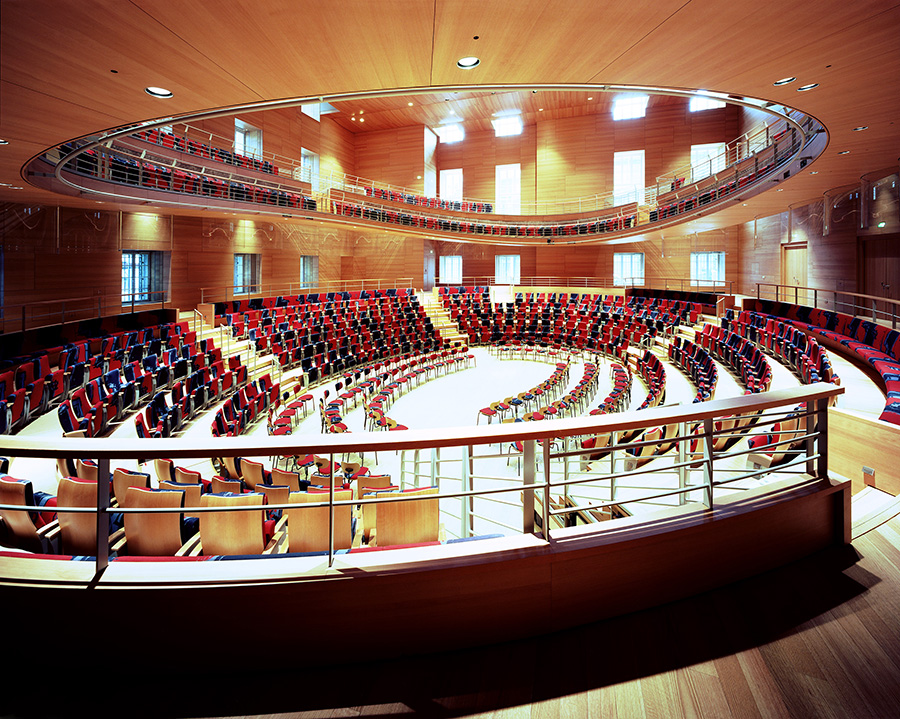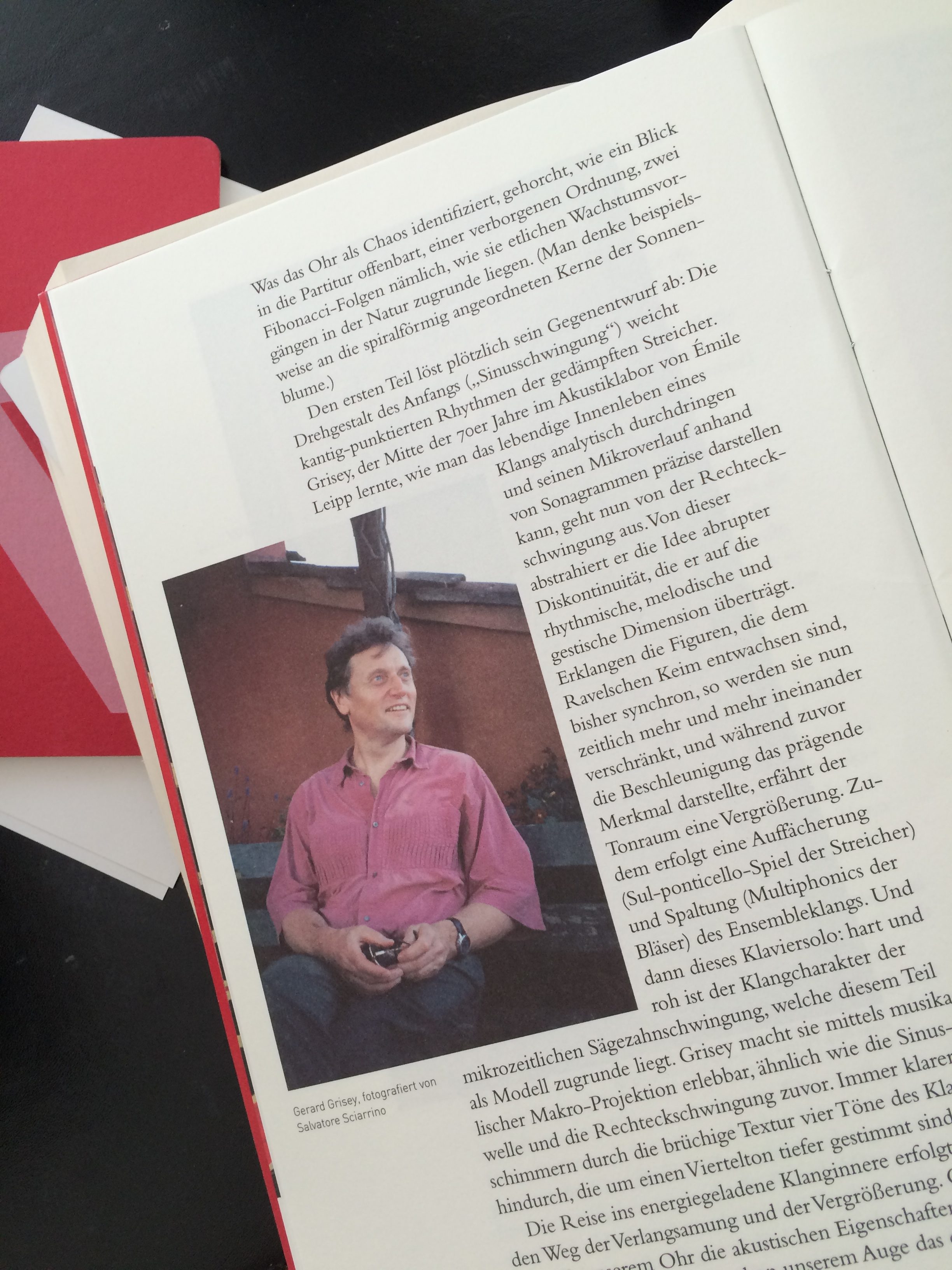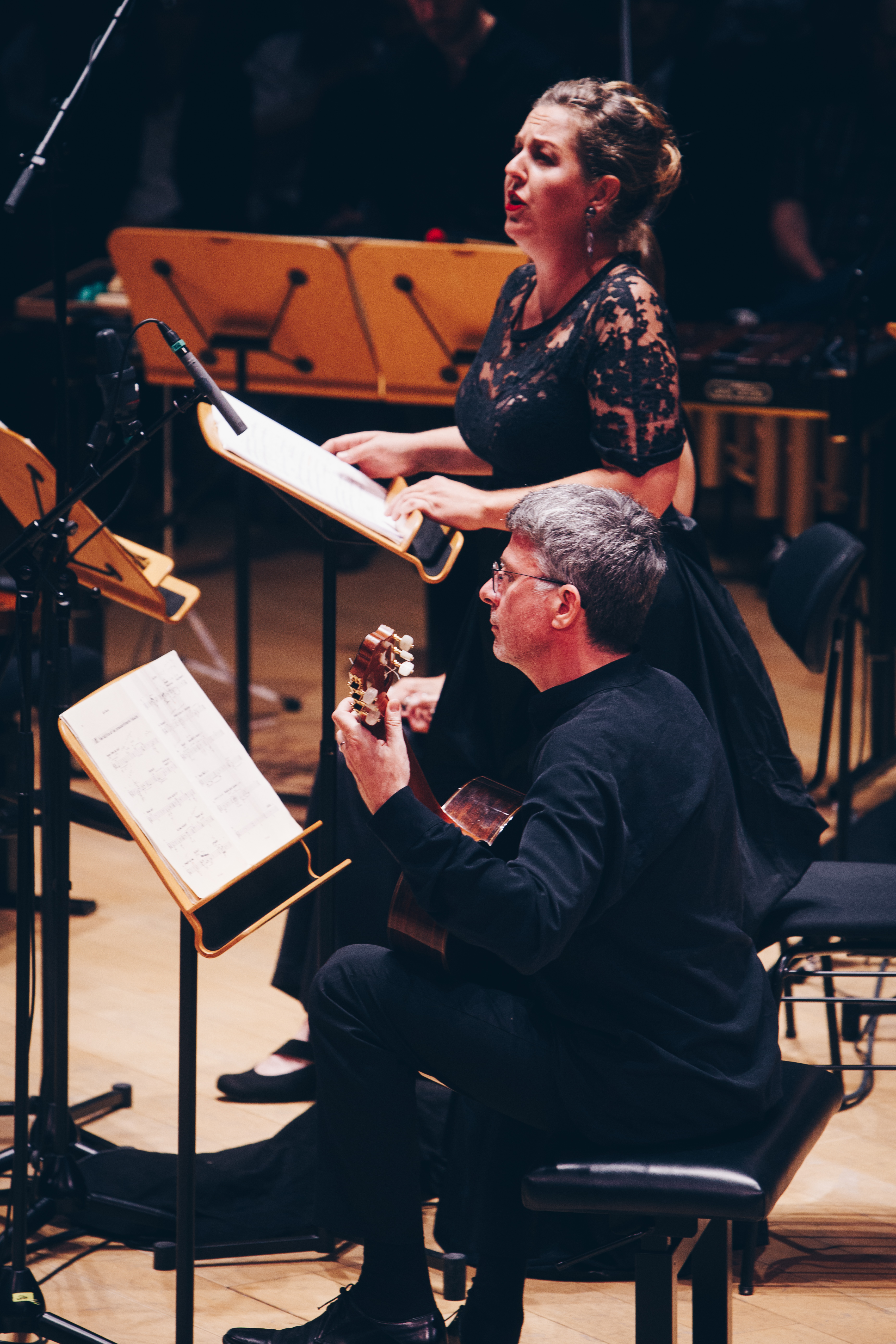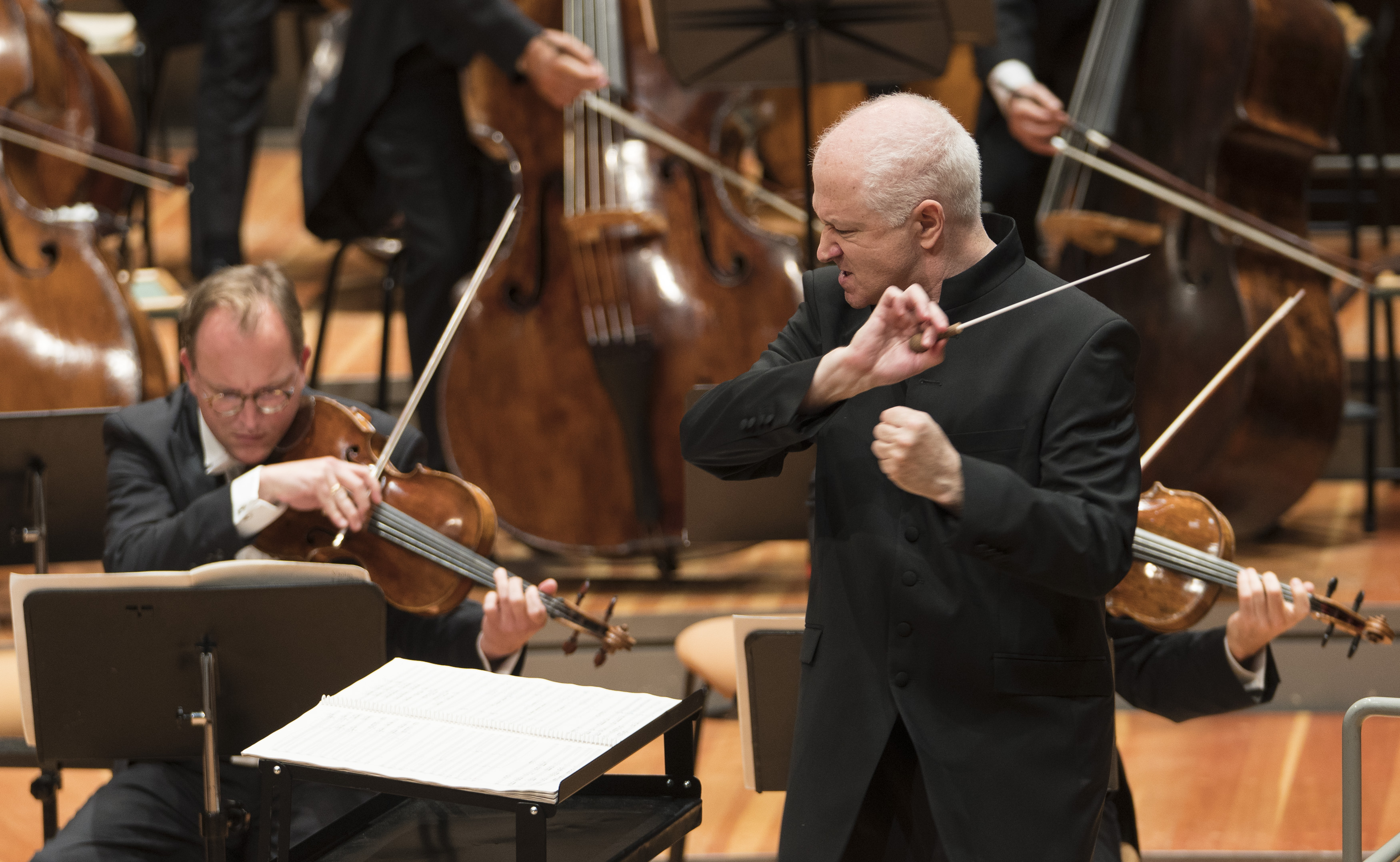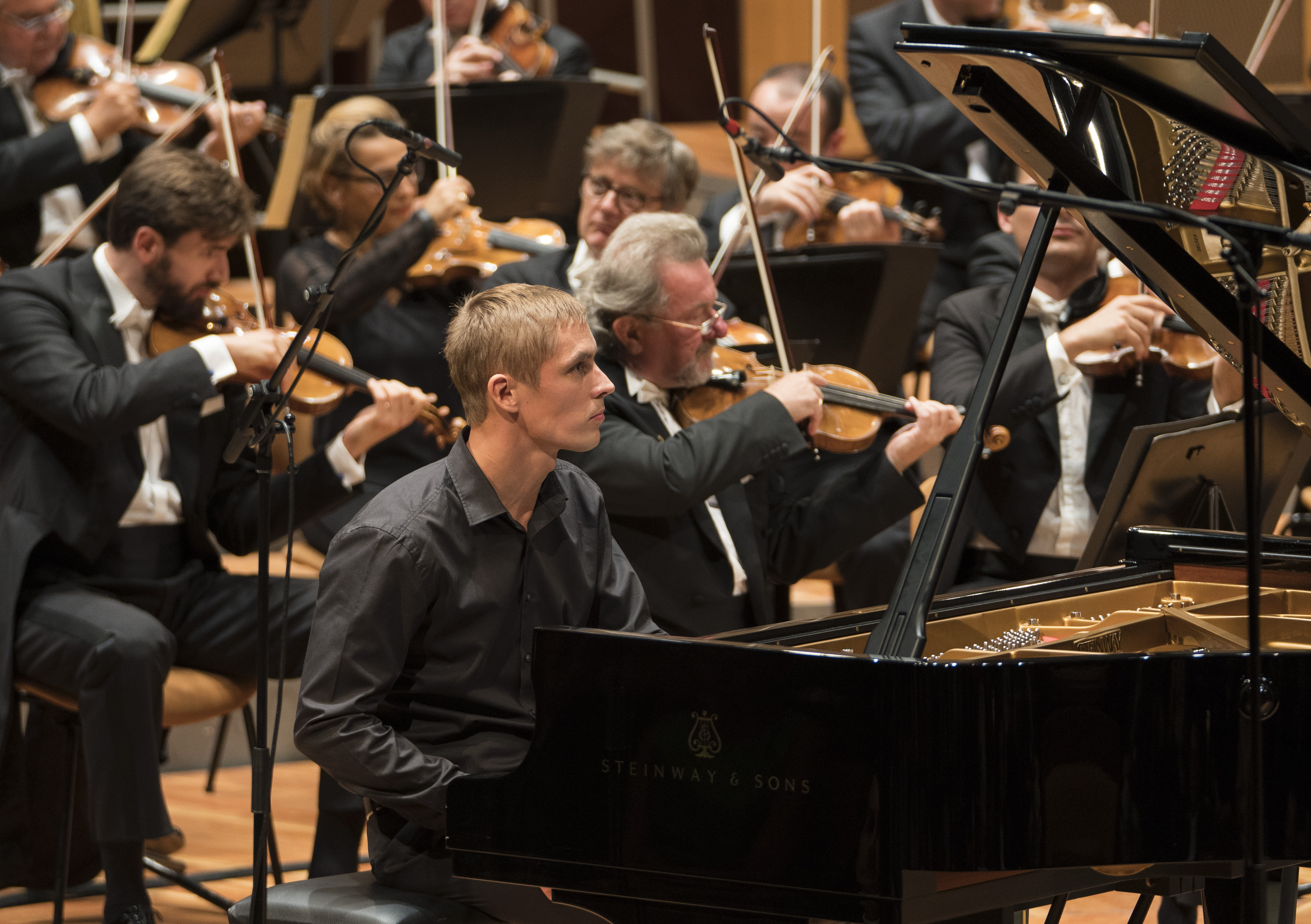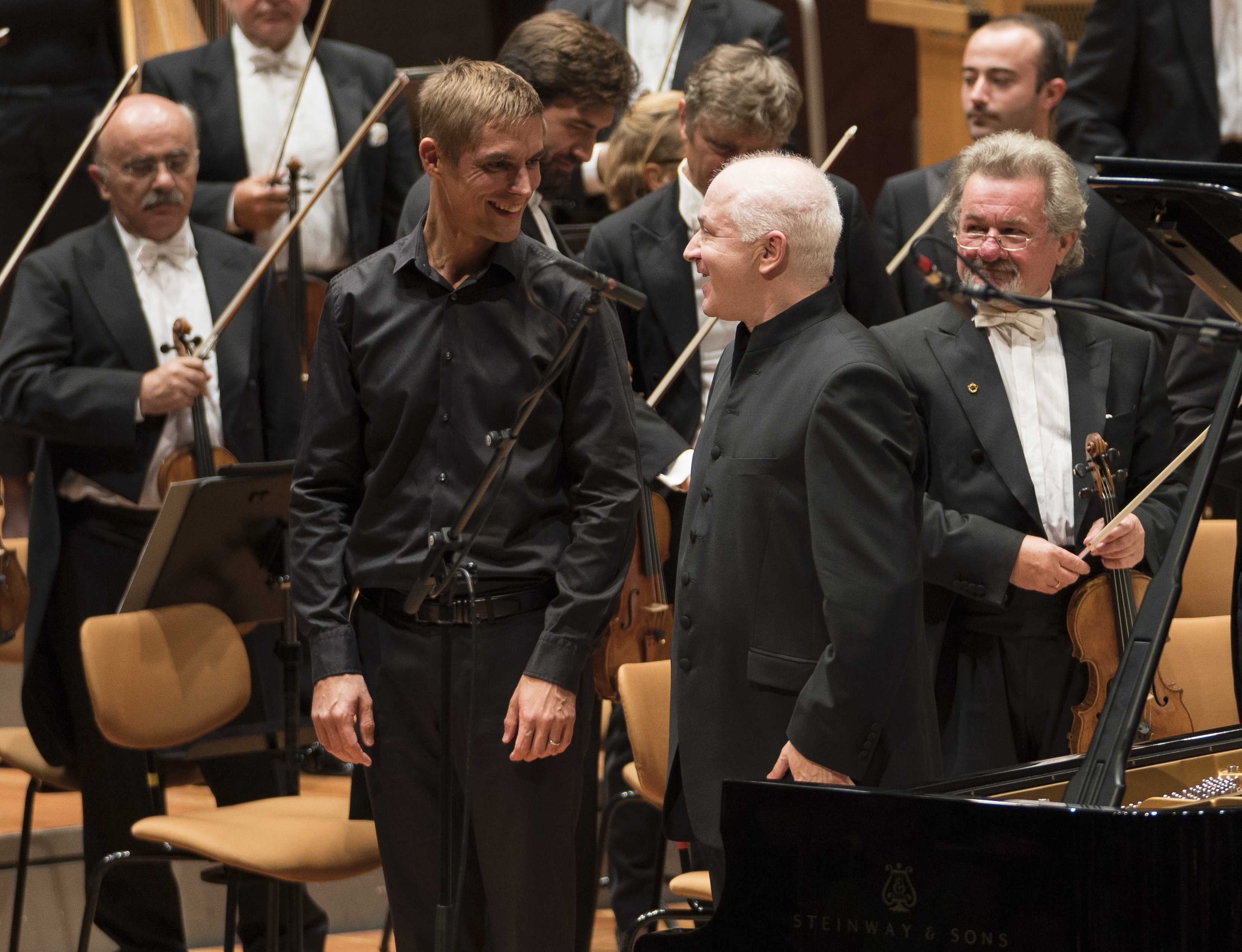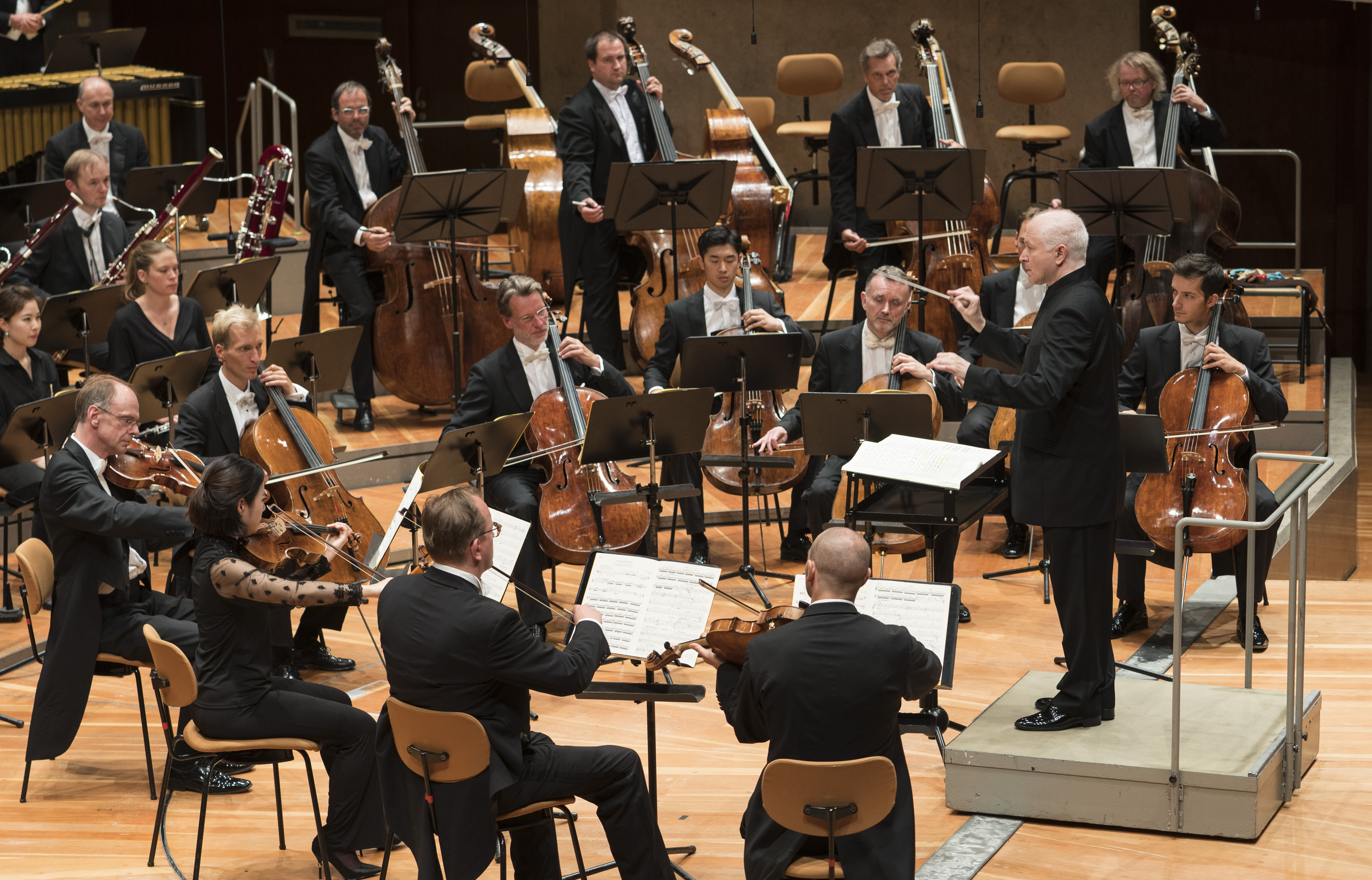György Ligeti is not a name one associates with fables – unless one knows his oeuvre, and his broader life story. The composer, who died in 2006 in Vienna, spent a long and illustrious career in Germany and Austria perfecting his angular, detail-driven work. Perhaps best-known for his Atmosphères (1961), which utilized a micro-polyphonic technique, and his so-called “anti-anti-opera” Le Grand Macabre (1977), he was a master of atmospheric, dense textures which combined elements of 20th century absurdism with polyrhythmic layering. Born in Transylvania in 1923 to Hungarian Jewish parents, Ligeti was often prevented from pursuing his passions in his native Hungary because of his Jewish background as well as his passion for the avant-garde. He fled to Austria following the 1956 Soviet invasion. A recent chamber concert by musicians of the l’Orchestre de L’Opéra national de Paris, specifically named after a movement from one of his works, effectively evoked a strange, otherworldly, fable-like world of which the composer would have surely approved.
A tribute to the composer to mark his musical centenary, the concert also featured the music of American composer George Crumb (1929-2022) and a new work by French composer Françoise Gelin (b. 1980). Heavy on percussion, the well-attended evening at the Amphithéâtre Olivier Messiaen (located in the Opéra Bastille) was a showcase of skill, musicality, and innate communication between artists, particularly orchestra percussionists Christophe Vella, Sylvie Dukaez, Jérémie Cresta, and Charles Gillet, Mezzo soprano Hilary Summers, fresh off the opening of The Exterminating Angel on the mainstage, opened the evening with Ligeti’s Három Weöres-dal (Three Weöres songs) for voice and piano (1946-1947). Based on the poetry of celebrated Hungarian writer Sándor Weöres (1913-1989) whose work Ligeti set throughout various projects, the songs blend the casual and the classy in a way that can be difficult to translate into other languages. Weöres’ writing is notable for employing what musicologist Amy Bauer characterized in a 2008 paper as “an exploration of sound symbolism, novel metric structures and absurd juxtapositions”, qualities Ligeti sought to reflect and expand on. Three Songs blends descriptions of nature with fairytale-like tableaux settings that contain hints of menace, particularly in the third setting, ““Kalmár jött nagy madarakka” (A merchant has come with giant birds), with its closing lines, “The princess is pale, and as quiet as always In her heart great birds are shrieking.” Summers captured this suggestiveness perfectly, hanging on certain syllables, with shapely phrasing and pointed consonants. Crumb’s “The Sleeper” (based on the 1831 poem by Edgar Allan Poe) has its own creepy poetry which ponders the deceased subject’s “length of tress / And this all-solemn silentness!”. Summers’ delivery softened but was no less gripping. her maple syrup tones winding around the work’s lyrical leaps and moody melodic line to create a unique transcultural bridge between mythologies.
That connection was especially present in Bolliakis’ performances, which included three extracts from Ligeti’s Musica ricercata (1951-1953) and two from Etudes (1985-2001). The former, according to musicologist Donald Gislason, has a double meaning inherent within its title, saluting the formal compositional style known as the ricercare (a work with one or more melodic lines) while simultaneously embracing the Italian meaning (wanted; sought). Boliakis performed the first three movements of the work, each building from the last, with the first movement (consisting of just the note A), performed with genuine conviction, underlining the “seeking” quality of the composer himself, a ‘seeking’ which was echoed in Gelin’s (… texte manquant”) pour quatre percussionnistes. Dedicated to Jérémie Cresta, one of the work’s interpreters, Gelin also used the poetry of Weöres as inspiration, though one might be forgiven for thinking of Claude Vivier in the theatrical mix of percussive lines and talky textures and the gamelan-like sounds evoked within and through their interplay.
The notion of ‘the fable’ expanded with George Crumb’s An Idyll for the Misbegotten (1985) for amplified flute and percussion. The composer himself wrote of the work that “flute and percussion are the instruments that most powerfully evoke the voice of nature. Ideally (if impractically), my Idyll should be heard from afar, over a lake, on a moonlit evening in August.” A rainy March evening in Paris wasn’t quite the setting Crumb had envisioned, and yet flautist Sabrina Maaroufi’s performance captured the work’s startling purity. Her performance of lines by eighth-century Chinese poet Su-K’ung Shu, spoken while simultaneously breathing into her instrument (“The moon goes down; there are shivering birds and withering grasses”) was a keen reminder of the ways innocence and experience are often grimly joined within the world of fables and fairytales.
The closing work, Ligeti’s song cycle Sippal, dobbal, nádihegedűvel (With bagpipes, drums, violin) for mezzo-soprano and four percussionists (2000), expanded on this uncomfortable paradox, though the performance was shot through with wit and intense visual communication between the musicians, who were arranged around and behind Summers. Comprised largely of whimsical, often nonsensical language, the work is a fusion of Ligeti’s interest in the folk sounds of his homeland and the avant-garde sound world he helped develop. The cycle’s first song, “Fabula” (“Fable”) depicts a pack of wolves terrified of two unmovable mountains, and is a gripping call-and-response between voice and percussion section. The work uses a huge array of percussion instruments (marimba, tam-tam, log drum, bass drum, gong, vibraphone, tubular bells, to name just a few) which work in dialogue with the soloist. Its seven movements shifts between dance rhythms and meditative poetry, though the encore was less meditative – it was a repeat of the final, bouncy seventh movement – than brave, with Summers heartily tackling its fiendish rhythms one more time and thus proving that fables, while seemingly easy on the surface, can be difficult, knotty things, if also loads of fun.

